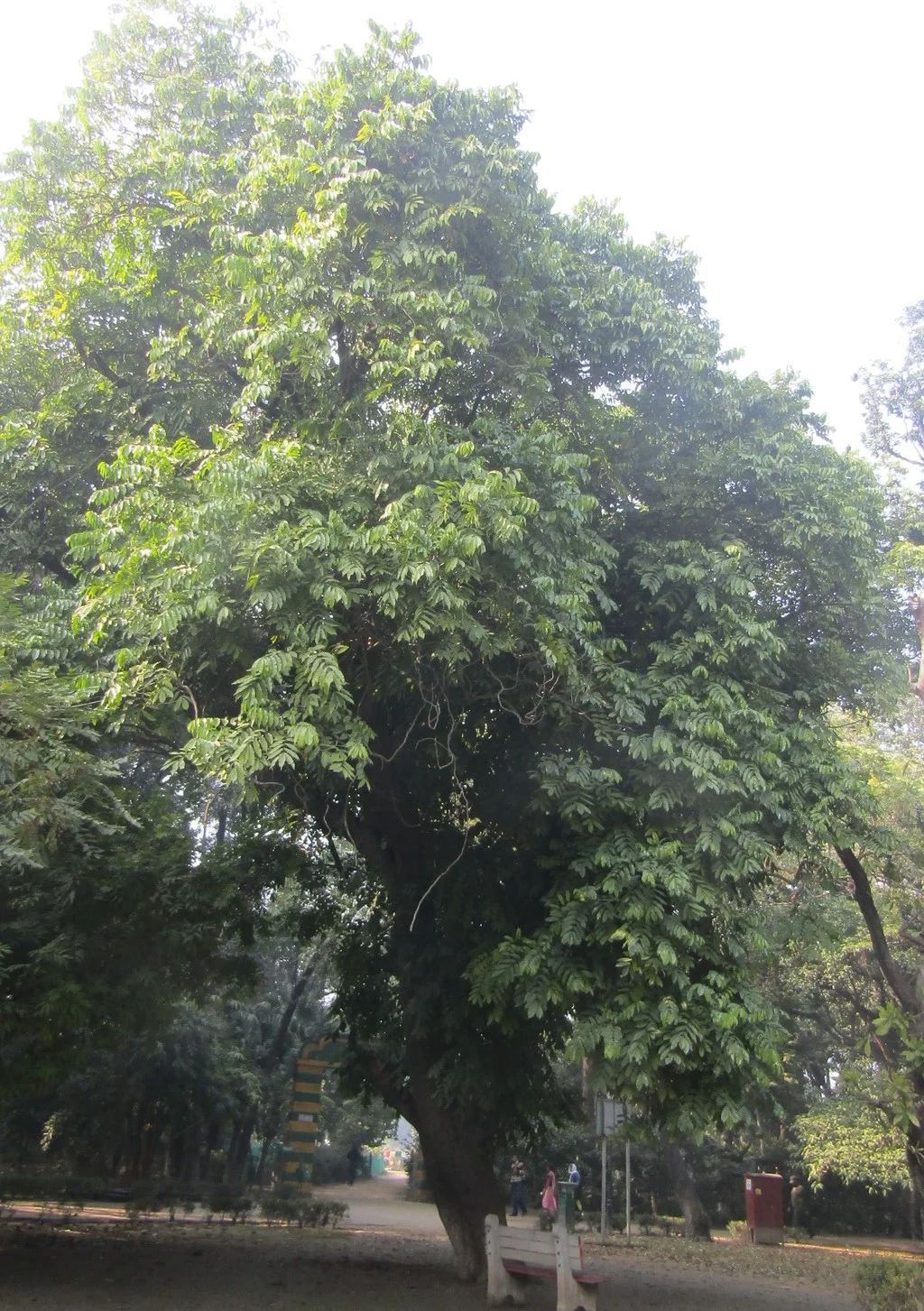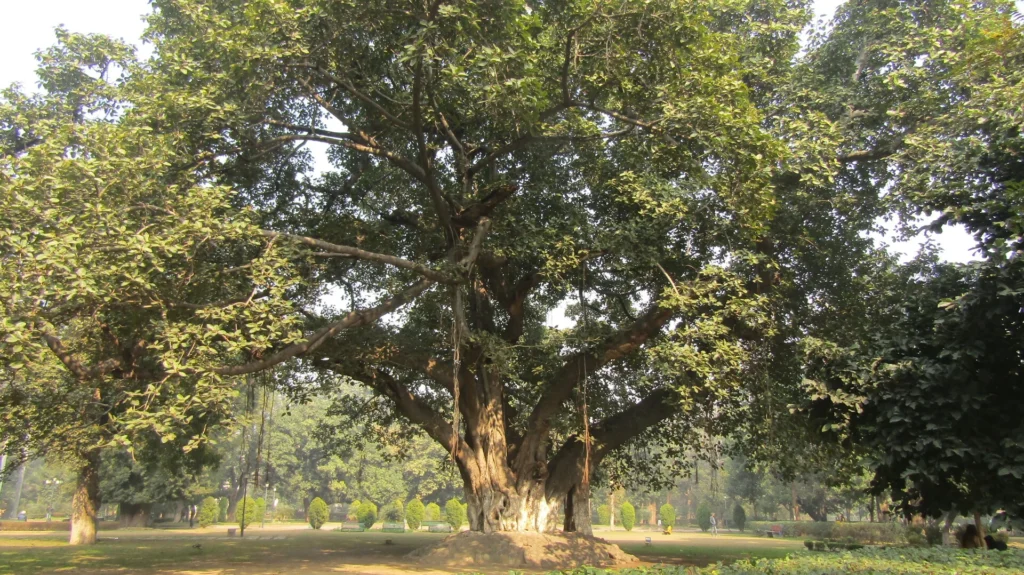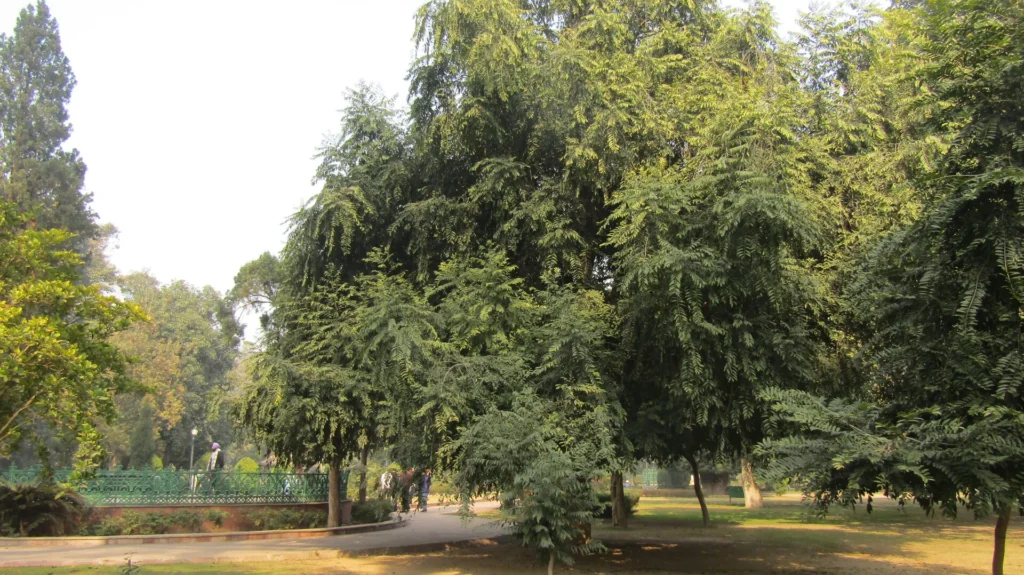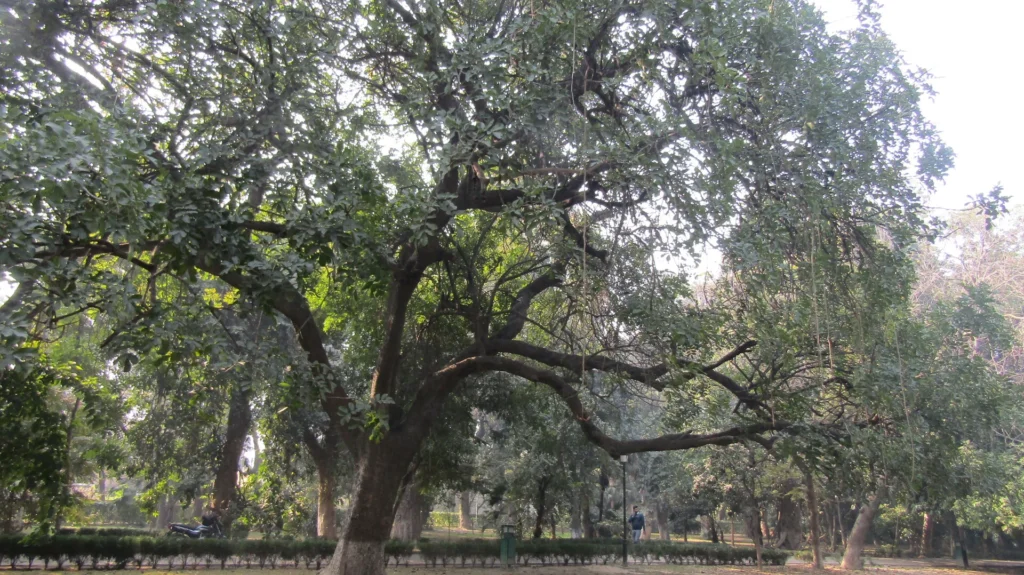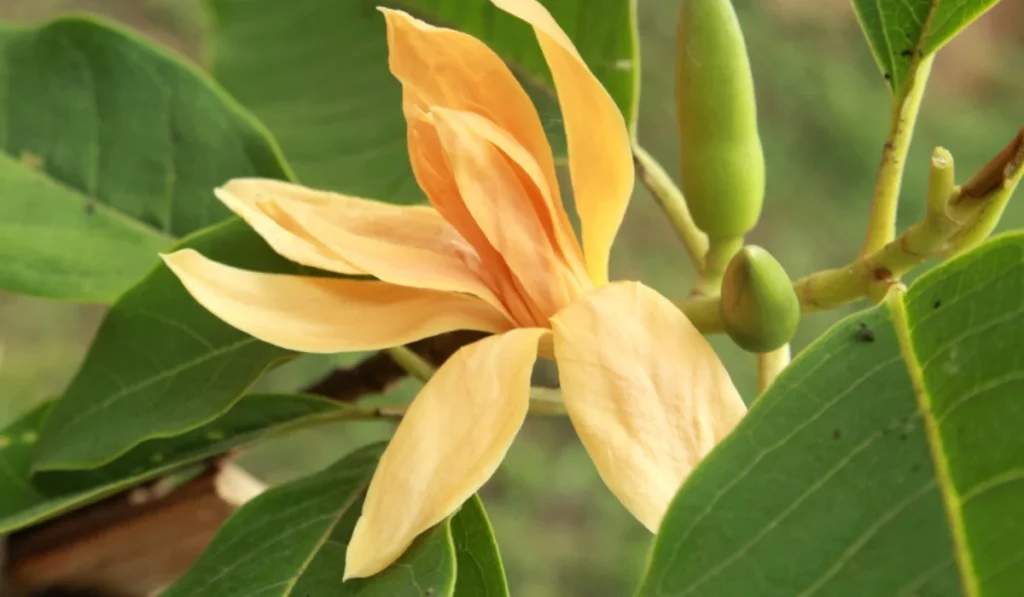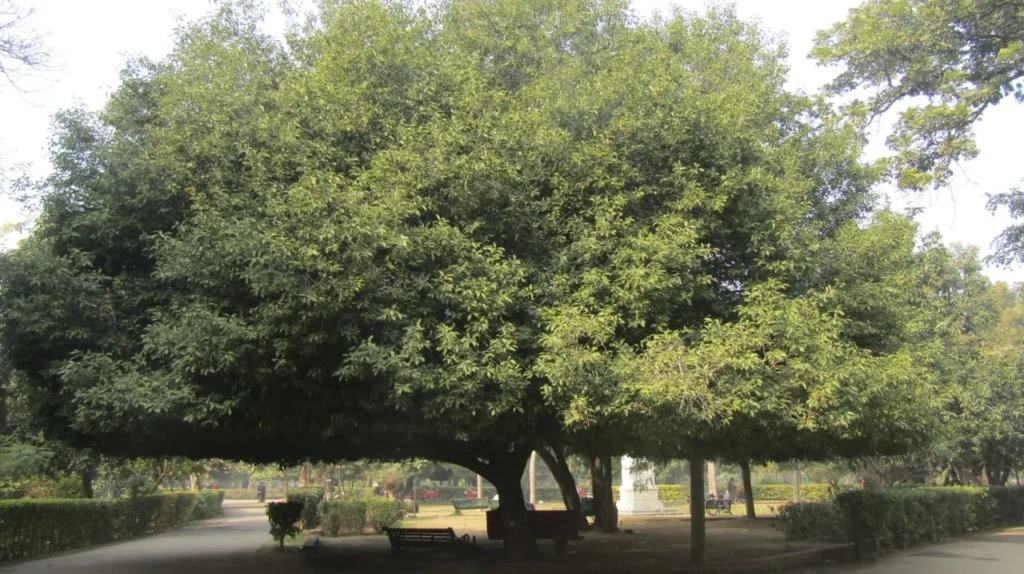Saraca asoca, commonly known as the Sita ashoka tree (lit. “sorrow-less”), is a plant belonging to the Detarioideae subfamily of the legume family. It is an important tree in the cultural traditions of the Indian subcontinent and adjacent areas. The flower of Ashoka tree is the state flower of Indian state of Odisha.
- Kingdom: Plantae
- Characteristic feature: Tracheophytes
- Type of seed: Angiosperms
- Order: Fabales
- Family: Fabaceae
- Genus: Saraca
- Species: S. asoca
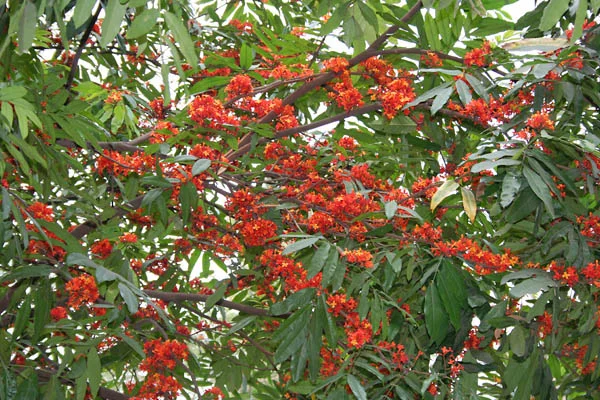
The ashoka is a rain-forest tree. Its original distribution was in the central areas of the Deccan plateau, as well as the middle section of the Western Ghats in the western coastal zone of the Indian subcontinent. The ashoka is prized for its beautiful foliage and fragrant flowers. It is a handsome, small, erect evergreen tree, with deep green leaves growing in dense clusters.
Its flowering season is around February to April. The ashoka flowers come in heavy, lush bunches. They are bright orange-yellow in color, turning red before wilting. As a wild tree, the ashoka is a vulnerable species. It is becoming rarer in its natural habitat, but isolated wild ashoka trees are still to be found in the foothills of the central and eastern Himalayas.
There are a few varieties of the ashoka tree. One variety is larger and highly spreading. The columnar varieties are common in cultivation.
Significance
There are a few varieties of the ashoka tree. One variety is larger and highly spreading. The columnar varieties are common in cultivation. The ashoka tree is considered sacred throughout the Indian subcontinent, especially in India, Nepal and Sri Lanka. The ashoka tree is closely associated with the yakshi mythological beings. One of the recurring elements in Indian art, often found at gates of Buddhist and Hindu temples, is the sculpture of a yakshini with her foot on the trunk and her hands holding the branch of a flowering ashoka tree. With the passing of the centuries the yakshi under the ashoka tree became a standard decorative element of Hindu Indian sculpture and was integrated into Indian temple architecture. In Hinduism the ashoka is considered a sacred tree. Not counting a multitude of local traditions connected to it, the ashoka tree is worshipped in Chaitra, a month of the Hindu calendar.

